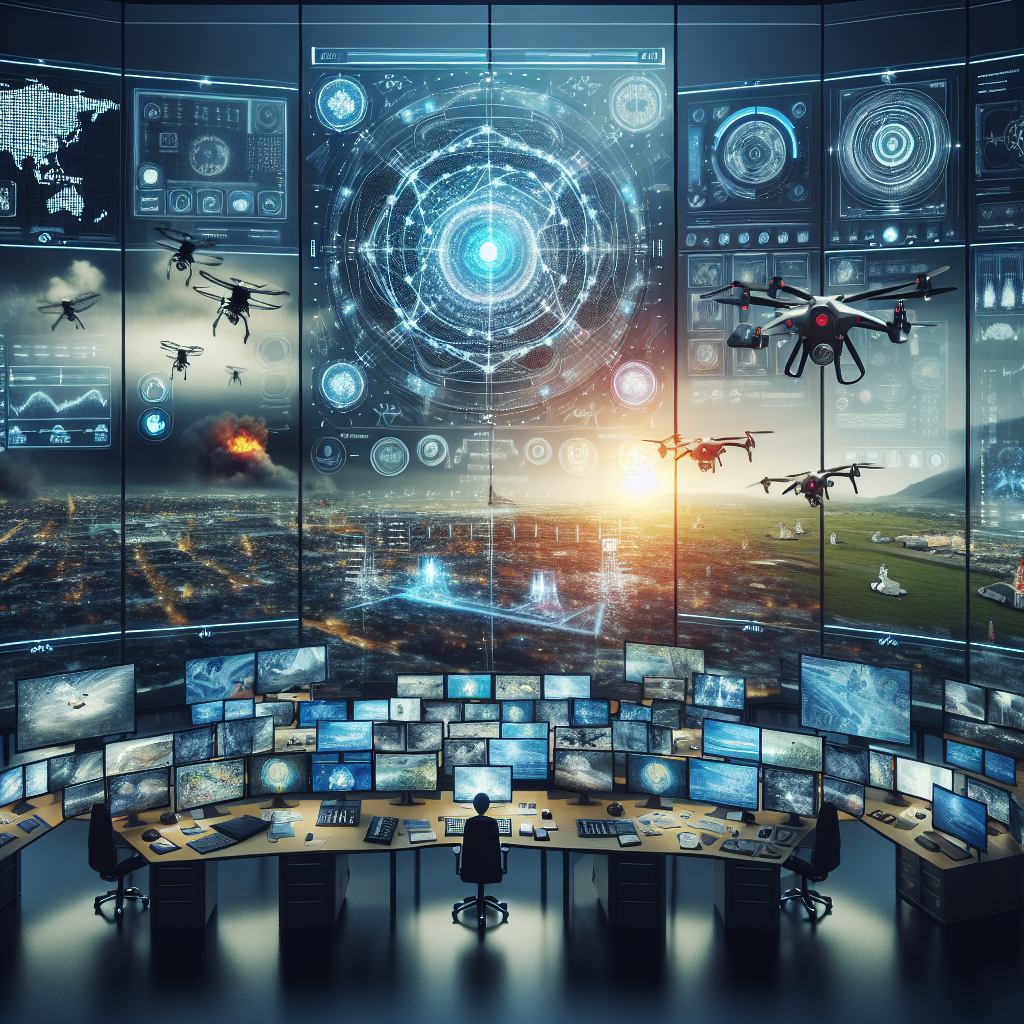In recent years, the use of artificial intelligence (AI) automation in disaster response has become increasingly prevalent. From natural disasters such as hurricanes, earthquakes, and wildfires to man-made disasters like terrorist attacks and industrial accidents, AI technology is being utilized to improve response times, enhance situational awareness, and ultimately save lives. In this article, we will explore the role of AI automation in disaster response and discuss its potential benefits and challenges.
AI automation in disaster response refers to the use of AI-powered systems and technologies to assist emergency responders in various aspects of disaster management, including preparedness, response, and recovery. These technologies can range from predictive analytics and machine learning algorithms to unmanned aerial vehicles (UAVs) and robots. By leveraging AI automation, emergency responders can make faster and more informed decisions, allocate resources more effectively, and better coordinate their efforts in times of crisis.
One of the key advantages of using AI automation in disaster response is its ability to process and analyze vast amounts of data in real-time. For example, AI algorithms can analyze satellite imagery, social media posts, and sensor data to identify potential hazards and predict the impact of a disaster before it occurs. This information can help emergency responders better prepare for the disaster, deploy resources to the affected areas, and evacuate residents in a timely manner.
Furthermore, AI automation can also be used to improve situational awareness during a disaster. For instance, UAVs equipped with AI-powered cameras can provide aerial surveillance of the affected areas, helping emergency responders assess the extent of the damage, identify survivors in need of rescue, and locate potential hazards such as downed power lines or toxic spills. This real-time information can be crucial in making informed decisions and prioritizing response efforts.
In addition to enhancing disaster response capabilities, AI automation can also streamline communication and coordination among emergency responders. By using AI-powered chatbots, for example, emergency agencies can quickly disseminate information to the public, answer frequently asked questions, and coordinate rescue efforts with other agencies in a more efficient manner. This can help reduce response times, minimize confusion, and improve overall coordination during a crisis.
Despite its many benefits, AI automation in disaster response also presents some challenges and limitations. One of the main concerns is the potential for AI systems to make errors or misinterpret data, leading to incorrect decisions and ineffective response efforts. To address this issue, it is essential for emergency responders to carefully validate and calibrate AI algorithms, as well as provide human oversight and intervention when necessary.
Another challenge is the ethical and privacy implications of using AI technology in disaster response. For example, there may be concerns about the use of AI-powered surveillance systems to monitor individuals during a disaster, as well as the potential misuse of personal data collected by these systems. It is important for emergency agencies to establish clear guidelines and regulations for the use of AI automation in disaster response, ensuring that privacy rights are respected and ethical considerations are taken into account.
Despite these challenges, the role of AI automation in disaster response is likely to continue to grow in the coming years. As the technology becomes more advanced and affordable, more emergency agencies are likely to adopt AI-powered systems to enhance their response capabilities and save lives during disasters. By leveraging the power of AI technology, emergency responders can better prepare for, respond to, and recover from disasters, ultimately making our communities safer and more resilient.
FAQs:
Q: How does AI automation help in disaster response?
A: AI automation helps in disaster response by processing and analyzing vast amounts of data in real-time, improving situational awareness, streamlining communication and coordination among emergency responders, and enhancing decision-making capabilities.
Q: What are some examples of AI technologies used in disaster response?
A: Examples of AI technologies used in disaster response include predictive analytics, machine learning algorithms, unmanned aerial vehicles (UAVs), robots, and chatbots.
Q: What are some challenges of using AI automation in disaster response?
A: Some challenges of using AI automation in disaster response include the potential for errors or misinterpretation of data, ethical and privacy concerns, and the need for careful validation and calibration of AI algorithms.
Q: How can emergency agencies ensure the ethical use of AI technology in disaster response?
A: Emergency agencies can ensure the ethical use of AI technology in disaster response by establishing clear guidelines and regulations for its use, respecting privacy rights, and taking ethical considerations into account when deploying AI-powered systems.

